Common Types
Buckle collars: Also called flat collars, with a buckle similar to a belt buckle, or a quick-release buckle, either of which holds the collar loosely around the pet neck. Identification is commonly attached to such a collar; it also comes with a loop to which a leash can be fastened. This is the most standard collar for pet. A flat collar should fit comfortably tight on the pet neck. It should not be so tight as to choke the pet nor so loose that they can slip out of it. Generally, two fingers should be able to fit underneath the collar.
Break-away Collars:Iook similar to buckle collars, but have a safety mechanism installed that allows the pet to break free of the collar if excessive force is applied. These collars are useful in situations where a non-quick release collar could get snagged and strangle the pet.
Safety stretch collars : Contain an elastic panel in the sturdy nylon collar, which allows escape from potential strangulation dangers such as branches, fences, gates and other pet. Unlike breakaways, a stretch collar acts like a traditional collar when clipped with a leash.
Pet Collar Selection Method
When your pet wears a collar, be careful not to make it too tight, as a collar that is too tight can cause injury to your pet during a sudden run or excited rush. A suitable collar should be such that when the pet is wearing it, there should still be room for the owner to put in two fingers.
Neck circumference measurement
When purchasing a collar, you will usually see a neck circumference of x cm~x cm written on the collar. Usually, the first number represents the length of the neck from your pet's jaw parallel to the back of the neck, and the second number represents the length of the neck from the junction of the neck and back parallel to the back of the neck.
●5cm collar: 26-33cm neck circumference, suitable for small pets.
●0cm collar: Neck circumference 30-39cm, suitable for medium-sized pets.
●5cm collar: Neck 37-46cm, suitable for large pets.
The Importance of Pet Collars
Though it may be tempting to take your pet’s collar off when inside your home, it’s important that your pet wears a collar both indoors and out. Accidents can happen when you least expect it and it’s best to be prepared. Just as a smoke alarm is a safety device to protect you and your family, a collar and ID tag is a safety device to protect your pet. You shouldn’t take a collar off your pet any more than you would take the batteries out of your smoke alarm.
Material
You can find metal, nylon and leather collars and leashes in pet stores. Metal is strong and durable, and the price is the lowest, but it will make your baby feel uncomfortable; nylon is light and comfortable, and the price is in the middle of the range; leather is flashy and high-grade, but the domestic products are relatively hard, and the imported products are soft and beautiful, but expensive.
The Correct Wearing of Pet Collars
●Unpack your selected pet collar product first.
●Ake out the pet collar.
●Put the pet collar on the dog's neck. Determine the size of the dog's neck, and then choose the appropriate hole for, fasten the hardware buckle.
●Make sure the ring is fastened, and then buckle the end of the leash with the hardware buckle on the "D" ring of the collar, the end of the operation.
How to Choose the Right Pet Collar?
There are several factors to consider when choosing the right pet collar:
Size: It is very important to choose the right size pet collar, not too tight or too loose. Different pets have different size needs, you can choose the right size by measuring your pet's neck circumference. Also be careful that the metal parts do not pinch the pet's hair or skin and cause unnecessary injuries.
Material: The material of the pet collar should be flexible and comfortable, as well as durable and easy to clean. Common materials include nylon webbing and leather, etc. You can choose the right material according to your pet's preference and the purpose of the collar.
Safety: The pet collar should have a certain degree of safety, including the quality and stability of the metal parts, the length and strength of the chain and so on. Choose pet collars with reliable quality and high safety performance, and avoid choosing products that are easy to fall off or break.
Brand reputation: Choosing a pet collar with a well-known brand and a good reputation can be more reassuring. You can choose a reputable brand by checking product reviews and comparing the performance and price of different products.
Personal preference: When choosing a pet collar, you can also consider your personal preference and style, and choose a pet collar that meets your aesthetic needs to make your pet more fashionable and cute.
What Size Collars Should I Choose for Pets of Different Ages and Sizes?
Puppy: Puppies have thin necks and need to choose appropriately thin collars. The specific size can start from the neck circumference of the puppy, choose a collar slightly smaller than the neck circumference of the puppy to ensure comfort and safety.
Adult Dogs: Adult dogs have relatively thicker necks and need to choose collars of appropriate width and length. The length of the collar should be able to go around the adult dog's neck and leave a certain amount of leeway. Also be careful that the metal parts do not catch on the pet's hair or skin.
Large Dogs: Large dogs usually have thicker necks and require wider and stronger collars. At the same time, large dogs are more active and need to choose collars with a certain degree of elasticity and comfort to minimize friction and discomfort on the pet's neck.
Long-haired dogs: Long-haired dogs have thicker hair, so they need to choose a collar that won't snag their hair. You can choose cylindrical collars or leather collars and other styles to minimize damage to your pet's hair.
How Do I Clean and Care for My Pet's Collar?
Regular Cleaning: Regular cleaning of pet collars can keep them clean and hygienic, preventing the growth of bacteria and the production of odors. You can wash the collar with mild detergent and water, then dry it with a clean towel and avoid direct sunlight to prevent the leather from aging.
Regular Inspection: Regularly check the firmness and integrity of your pet's collar, as well as whether the metal parts are worn or detached. If the collar is found to be broken or aged, it should be replaced promptly.
Don't pull excessively: When using the pet collar, don't pull excessively so as not to cause injury to the pet's neck or damage to the collar. Also be careful not to let your pet bite the collar to prevent the metal parts from hurting your pet's mouth or teeth.
Store in a dry place: Store the pet collar in a dry place to avoid moisture and mold. Don't put the collar in a high temperature environment to prevent the leather from deforming or cracking.
Pay attention to the material: Different materials of pet collars require different maintenance methods. For example, leather collars need to be regularly coated with maintenance oil to keep them soft and shiny, while synthetic collars need to be cleaned and checked for wear and tear on a regular basis.
FAQ
What is a collar for a pet?
An animal collar is a device that attaches to the neck of an animal to allow it to be harnessed or restrained. Tie up collar correctly used with a headcollar on a stallion Nylon quick-release buckle collar on a dog with identification and medical tags.
Why do people put collars on pets?
Accidents can happen when you least expect it and it's best to be prepared. Just as a smoke alarm is a safety device to protect you and your family, a collar and ID tag is a safety device to protect your pet. You shouldn't take a collar off your pet any more than you would take the batteries out of your smoke alarm.
What is the purpose of a collar on a pet ?
Every pet needs a collar, chiefly because they need something on which to hang their leash, license, ID and rabies vaccination tag.
What are the benefits of a pet collar?
Identification: Collars typically hold ID tags, essential for reuniting lost dogs with their owners. These tags often provide contact information and sometimes medical needs. Safety: Reflective or illuminated collars ensure dogs are visible during nighttime or low-light conditions, reducing the risk of accidents.
Do pets need collars?
If your pet ever leaves the safe confines of your home he needs a collar wherever he roams .
Should pet collars be left on all the time?
If your pet has long hair, removing their collar daily can help prevent matting where the collar lies. The same goes for short-haired pet and their skin. The break from the collar gives their skin time to breathe and prevents rashes, irritation, or unwanted odors in that area.
When should I put a collar on my pet?
A week after young pets first round of vaccinations, which happens around 7-8 weeks.
Should a pet wear a collar at home?
Pet should wear a collar under supervision only. That means you should take your dog's collar off whenever he's crated, playing with another dog or left unsupervised in your home. It's just not worth the risk.
Should pets sleep with collar on?
It's generally recommended to remove your pets collar at night, as it can give their neck some well-deserved rest and prevent any potential discomfort or skin irritation. Additionally, removing the collar minimizes the risk of it getting caught on objects, which could lead to accidents or injuries.
What's the best collar for a pet that pulls?
Martingale Collars
What type of pet collar is safest?
The best type is a standard flat collar that is easily adjustable with a quick release buckle and a metal ring for attaching your pets identification tag and leash. Single layer collars are preferable, as there is evidence that double-layered collars with cushioning can actually cause increased pressure on the neck.
How long should a Pet Collar wear a collar?
Wearing a collar constantly can lead to skin irritation or hair loss around the neck area. Thus, it is advisable to remove the collar when not actively training or during times of rest.
Should I put my pet's name on the collar?
You do not have to put your dogs name on the tag, this is optional.
How often should take your pets collar off?
The vets advise owners to always remove their dog's collar after walks, and never leave their pet unsupervised when wearing a collar.
Why dogs shouldn't sleep with collars?
If your dog is in their crate, it's typically safe to remove its collar. Just like you wouldn't enjoy wearing a tight necklace all day, many dogs appreciate a break from the collar. Removing it lets their skin breathe and can prevent skin conditions from developing in the future.
Why pet shouldn't sleep with collars?
If your pet is in their crate, it's typically safe to remove its collar. Just like you wouldn't enjoy wearing a tight necklace all day, many pet appreciate a break from the collar. Removing it lets their skin breathe and can prevent skin conditions from developing in the future.
Can pet collars damage trachea?
Many dogs will suffer a collapsed trachea from these collars.
Do pets really need a collar?
Every pet needs a collar, chiefly because they need something on which to hang their leash, license, ID and rabies vaccination tag.
What type of collar is most comfortable for pet?
Flat collars are a comfortable nylon default.
Why do pet collars have two rings?
Double D ring prevents collar from breaking if your pet accidentally pulls hard.
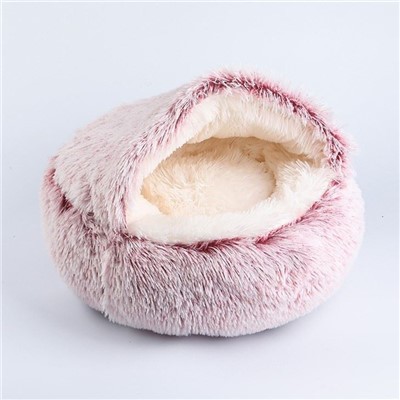
Cat Nest Deep Sleep Half Pack and Half Closed Cat Nest Dual Use Pet Mat Long Plush Round Pet Nest
Read More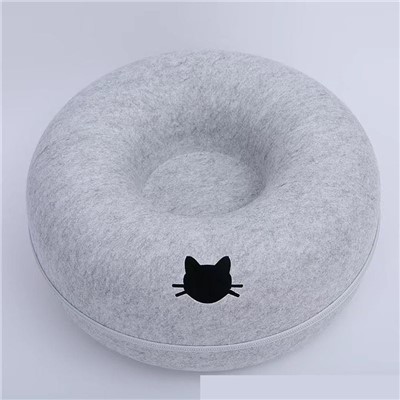
Cross border wholesale felt cat nest donut tunnel cat nest all-season universal cat nest semi enclosed detachable cat nest
Read More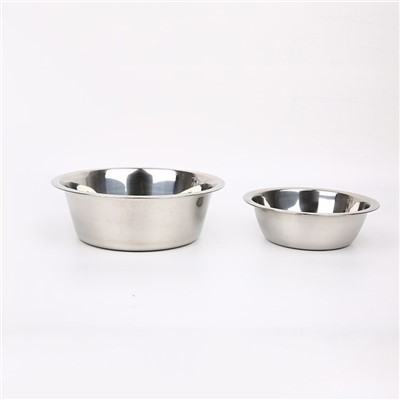
Pet dedicated bowl with four legs for more stable anti fall, dual grid water grain separation, aluminum alloy bowl for anti bite and anti drop, directly issued by the manufacturer
Read More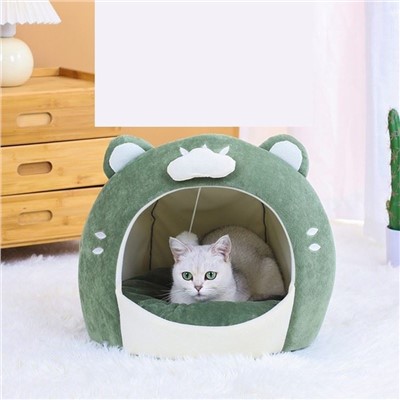
Four Seasons Cross border New Product Green Cloud Cat Nest Cat Villa Egg Nest Pet Products Semi enclosed Cat and Dog Pet Nest
Read More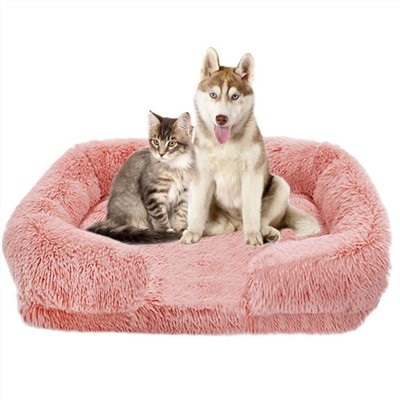
Cross border dismantling and cleaning of square kennel, cat kennel, long plush pet kennel, dog bed, winter dog mat, pet mattress supplies factory
Read More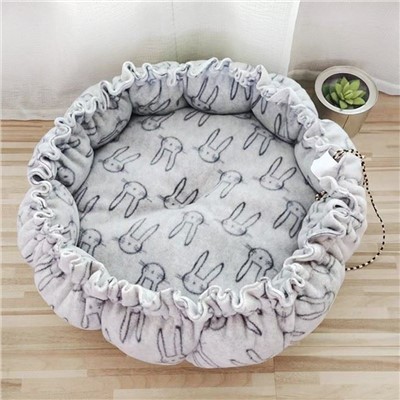
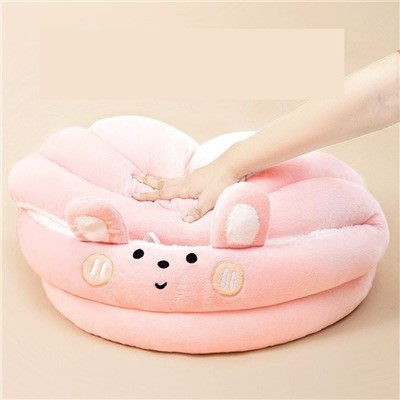
Soft Cat Nest All Seasons Universal Cat Mat Small and Medium Dog Nest Dog Bed Semi enclosed Cat Bed Pet Supplies
Read More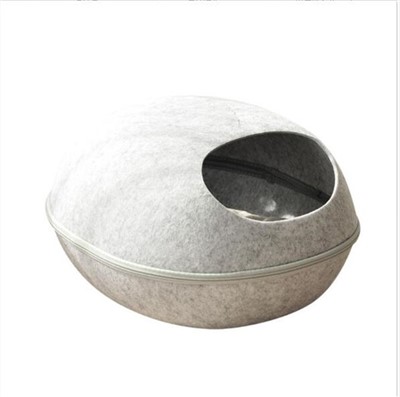
Semi enclosed, detachable, washable, breathable felt cat nest, all-season universal eggshell nest, cat sleeping room, felt cat nest
Read More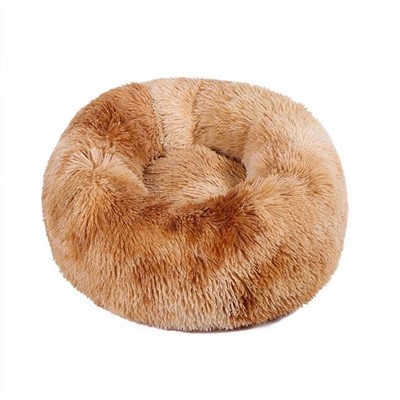
Dog kennel cat kennel Plush round pet kennel dog bed warm winter dog mat pet bed pet supplies
Read More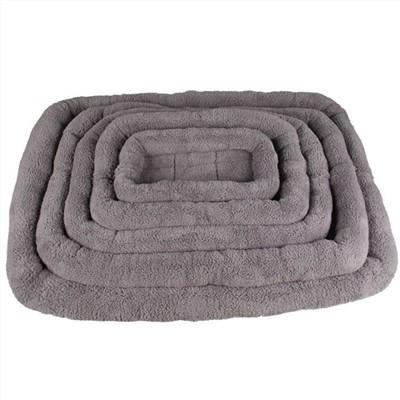
Cat stepping on milk, dog cushion, pet nest, car anti scratch sofa cushion, large, medium and small size, comfortable cotton plush, golden hair, spring and autumn square nest
Read More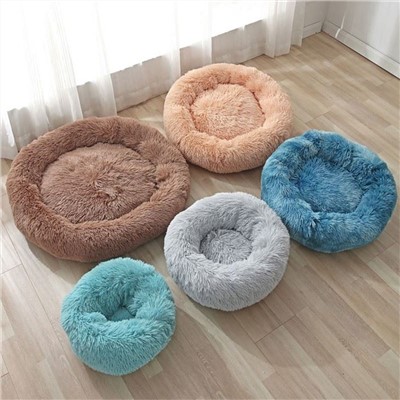
Deep sleep cat nest directly provided by the manufacturer Round Plush dog nest Teddy cat warm color matching pet nest in winter
Read More
Wholesale of manufacturer's dog kennel, cat kennel, teddy small and medium-sized dog warmth, pet kennel, dog mat, winter
Read More